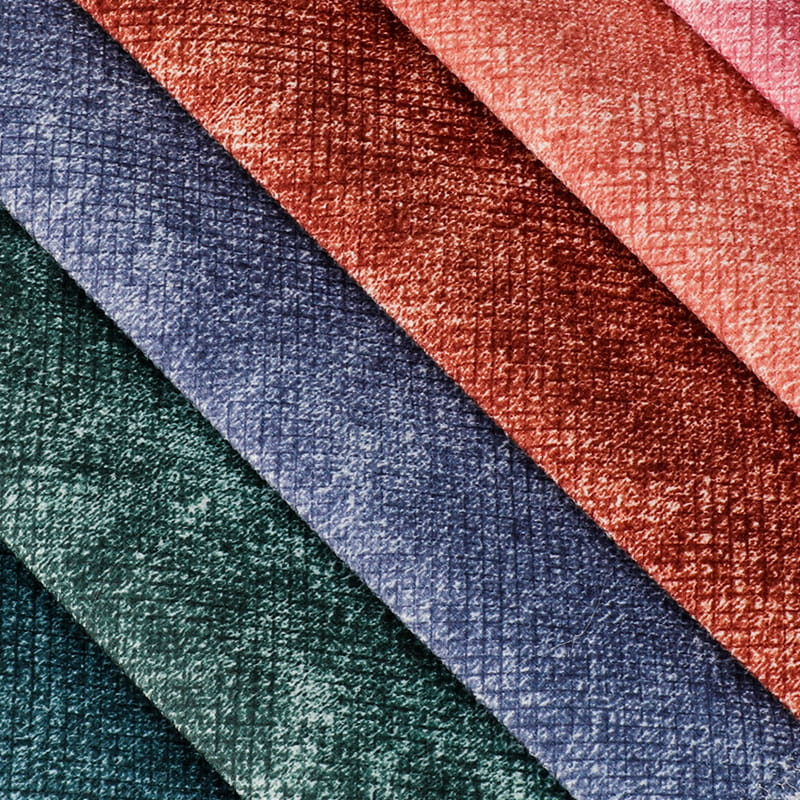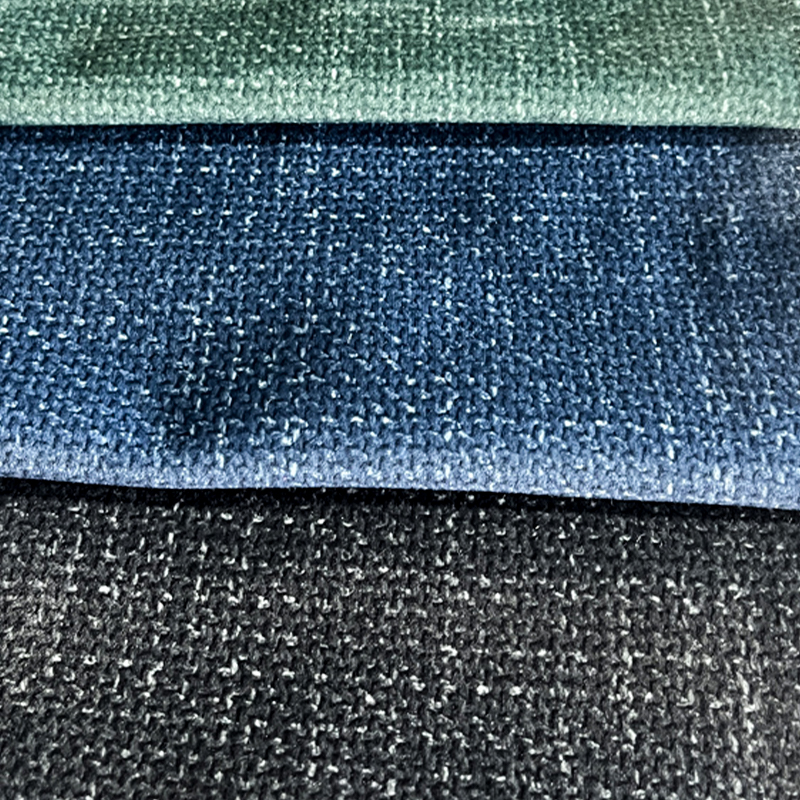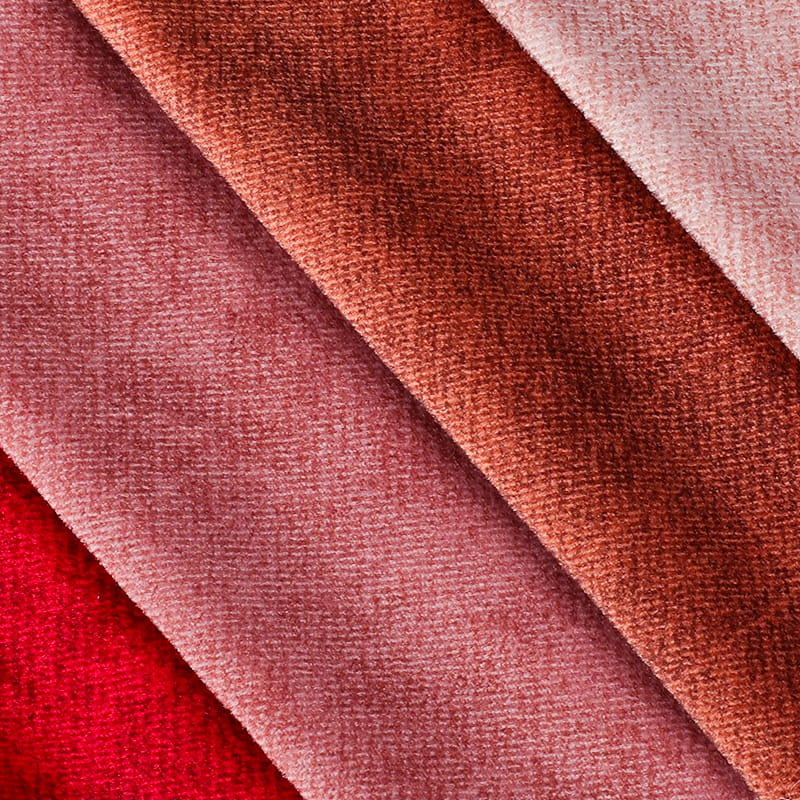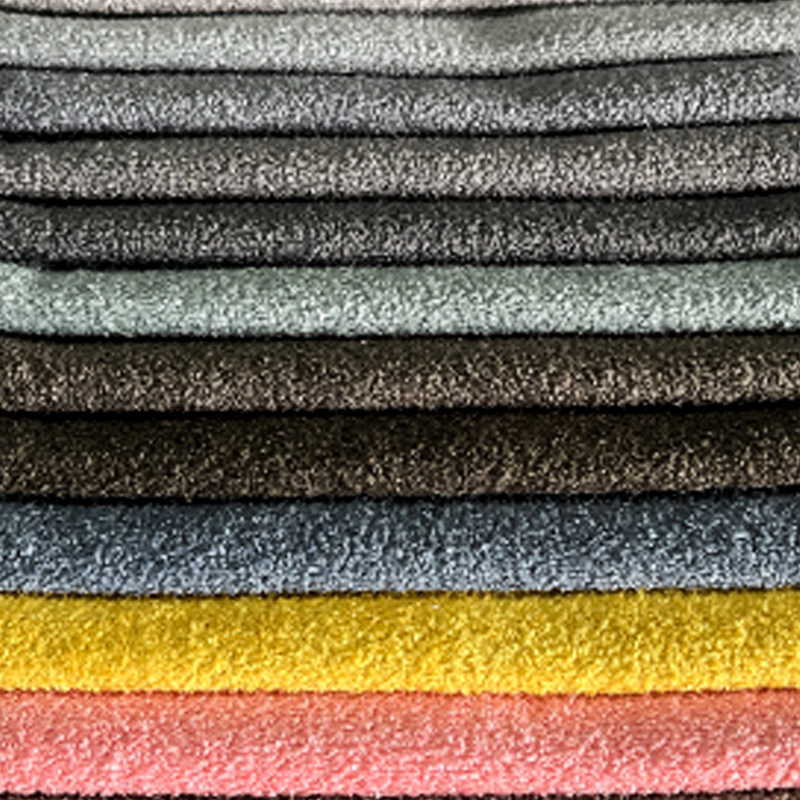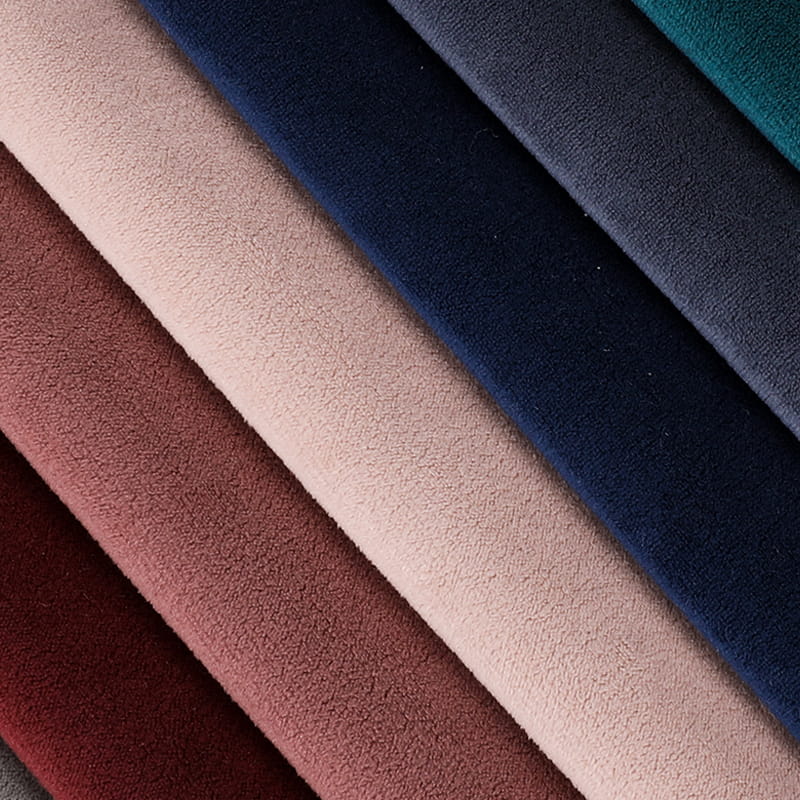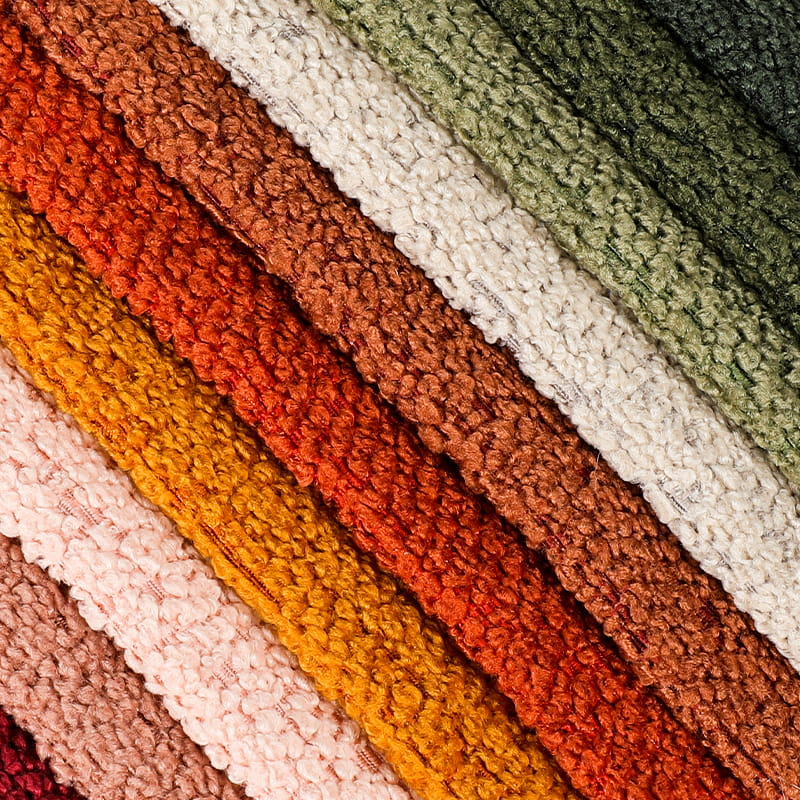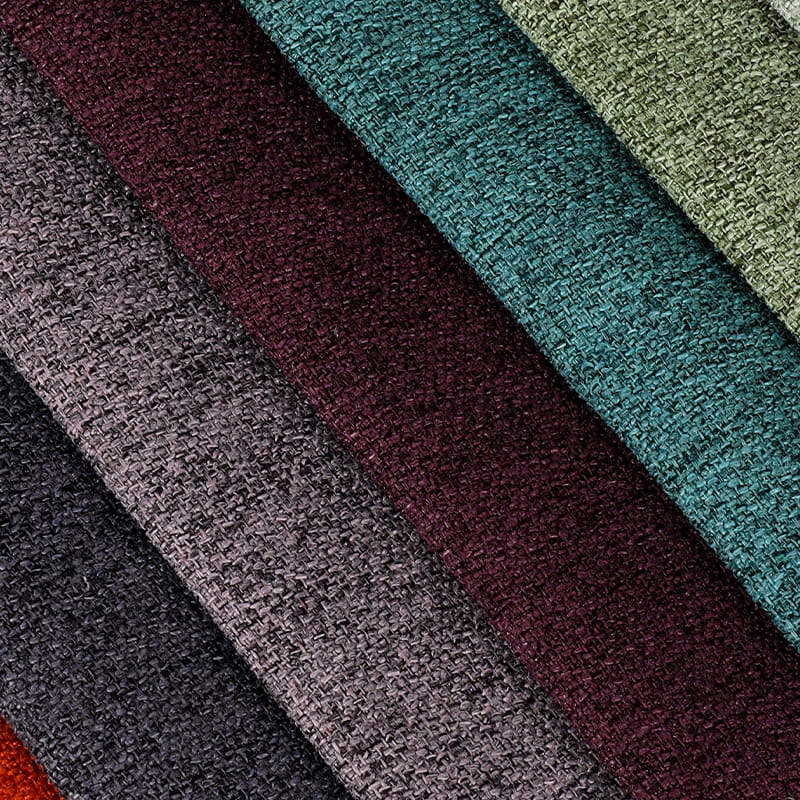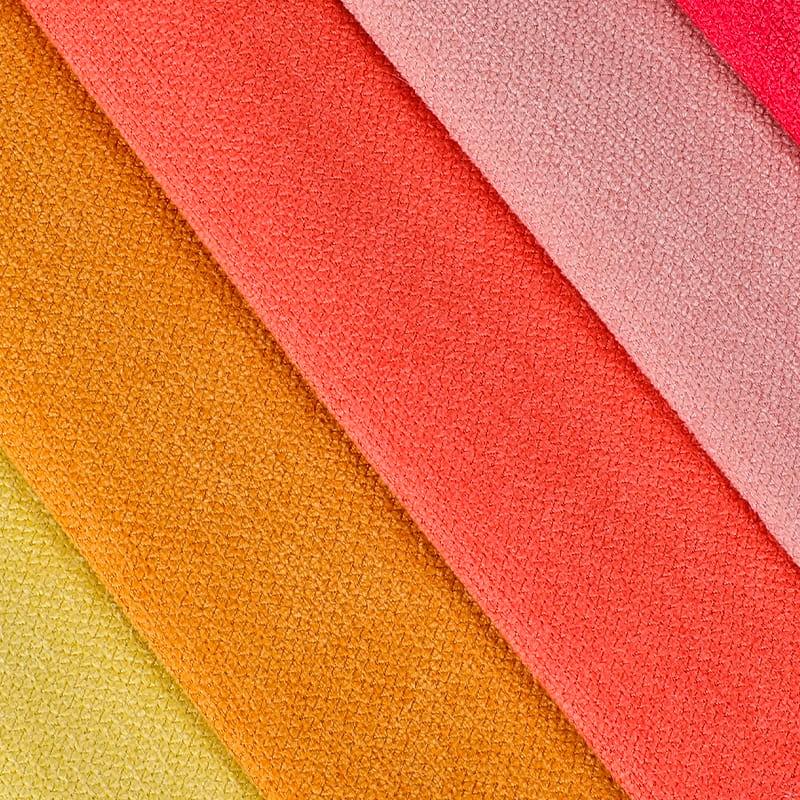In modern home decor, sofas are the centerpiece of the living room, and the choice of fabric directly impacts their overall comfort, aesthetics, and longevity. There are numerous types of sofa furniture fabrics, each with its own unique properties and applications. Understanding these fabric characteristics not only helps consumers make the right choice but also ensures the sofa remains in excellent condition throughout daily use.
Classification and Characteristics of Common Sofa Furniture Fabrics
Sofa furniture fabrics can be broadly categorized into two main categories: natural and synthetic. These fabrics differ significantly in feel, durability, and breathability.
Natural fabrics, such as cotton, linen, silk, and wool, are highly valued for their natural qualities. Cotton fabrics are soft and skin-friendly, with excellent breathability and moisture absorption, providing a comfortable feel in all seasons. However, they are relatively less durable, prone to pilling after long-term use, and lack stain resistance, requiring prompt treatment if stains occur. Linen fabric, with its rugged texture, exudes a unique natural style. It's also strong and more abrasion-resistant than cotton, and offers excellent breathability, making it suitable for use in warmer environments. However, linen has a slightly rough feel, which may take some getting used to. Silk fabric has a smooth, fine texture and a good luster, adding a luxurious feel to sofas. However, it's expensive and very delicate, not resistant to wear and tear, and easily snagged. It's more suitable for decorative fabrics and not for frequently used sofas. Wool fabric offers excellent warmth and elasticity, a rich and soft touch, and is flame-retardant. However, wool is susceptible to moisture and mold, requiring regular moisture-proofing and maintenance. It's also relatively expensive.

Synthetic fabrics primarily include polyester, nylon, acrylic, spandex, and blends of these fibers. Polyester fabric is a common sofa fabric due to its high abrasion resistance, excellent wrinkle resistance, and resistance to deformation. It's also affordable, but its breathability is somewhat poor, making it uncomfortable in hot and stuffy environments. Nylon fabric is strong and more abrasion-resistant than polyester, and has a certain degree of elasticity. However, it has poor light resistance and is prone to aging and discoloration with prolonged exposure to sunlight. Acrylic fabric feels similar to wool, provides excellent warmth, and is resistant to light and chemicals. It is also relatively affordable, but it has poor elasticity and is prone to pilling after repeated friction. Spandex fabric has excellent elasticity and is often blended with other fabrics to improve the stretch and resilience of the sofa fabric, enhancing seating comfort.
Key Points for Choosing Sofa Fabrics
When choosing sofa fabrics, consider factors such as the usage scenario, family composition, and personal preferences to ensure that the fabric you choose is both practical and meets your needs.
Frequency of use is a key consideration. For sofas in high-use areas such as living rooms, prioritize fabrics with high abrasion resistance and stain resistance, such as polyester-cotton blends and nylon. These fabrics can withstand frequent sitting, lying, and friction, extending the life of the sofa. For less frequently used areas like the study and bedroom, you can choose fabrics that prioritize texture and comfort, such as silk or pure wool, based on personal preference.
The composition of your household can also influence your fabric choice. If you have children or pets, stain resistance and abrasion resistance are particularly important. Choose fabrics with a waterproof and stain-resistant coating, such as Teflon-treated polyester. These fabrics are not only easy to clean but also effectively resist pet scratching and children's graffiti. For families with allergies, choose fabrics that are breathable and less prone to mites, such as pure cotton and linen. Also, pay attention to the density of the fabric to avoid loose fabrics that can accumulate dust.
The color and texture of the fabric should coordinate with the overall style of the home. Modern minimalist homes are suitable for solid colors and simple textures, such as light gray polyester and off-white cotton and linen blends, which create a clean and bright atmosphere. For a European classical style, patterned and rich fabrics, such as jacquard cotton and velvet, can enhance the space's sense of luxury and depth. Dark fabrics are relatively stain-resistant and are suitable for homes with children or pets. Light-colored fabrics create a brighter and airier appearance, but require more frequent cleaning and maintenance.
Daily Care and Maintenance of Sofa Furniture Fabrics
Proper care and maintenance can effectively maintain the appearance and performance of sofa fabrics and extend their lifespan. Different fabrics require different care methods and require different treatments.
Natural fabric sofas require attention to moisture and stain resistance when caring for them. Cotton and linen sofas should be kept away from humid environments for extended periods. During the rainy season, open doors and windows for ventilation or use a dehumidifier to reduce indoor humidity to prevent mold and mildew. If stains occur, immediately blot them with a clean towel and avoid rubbing vigorously to prevent the stain from spreading. For stubborn stains, gently wipe with a dedicated natural fabric cleaner, then rinse with clean water. Store in a well-ventilated area to dry in the shade, avoiding direct sunlight to prevent shrinkage or fading. Wool sofas require regular vacuuming to prevent dust from penetrating the fibers. Professional wool conditioning treatments are recommended annually, using a dedicated wool softener to maintain the fabric's softness and elasticity.
Synthetic sofas are relatively simple to maintain, but they also require sun protection and aging protection. Synthetic fabrics like polyester and nylon are susceptible to aging and discoloration when exposed to sunlight for a long time. Avoid placing the sofa directly facing a window or use curtains to block the sun. For daily cleaning, wipe away surface dust with a damp cloth. For minor stains, gently wipe with a diluted neutral detergent and then wipe with clean water. Avoid using detergents containing bleach to prevent fading. For stretchy spandex blends, avoid excessive stretching to prevent loss of elasticity. Avoid pulling the fabric hard when sitting or lying down, and avoid wringing it out when cleaning to prevent deformation.

Regular overall cleaning is also essential. Whether the sofa is made of natural or synthetic fabric, regularly vacuum the fabric to remove dust and debris from the crevices to prevent dust accumulation and wear. For removable and washable sofa covers, follow the instructions on the fabric label. Pay attention to the water temperature, washing method, and drying requirements to avoid shrinkage, deformation, or fading caused by improper washing. For non-removable and washable sofa covers, regularly hire a professional sofa cleaner for a deep clean to ensure fabric hygiene and performance.
Selecting and maintaining sofa furniture fabric is crucial to creating a comfortable home environment. Understanding the characteristics of different fabrics, choosing the right one based on your needs, and maintaining it effectively will keep your sofa in excellent condition, adding comfort and warmth to your family life.



 English
English Español
Español